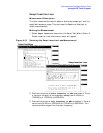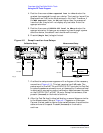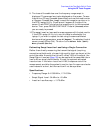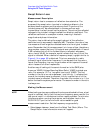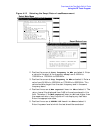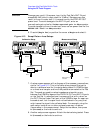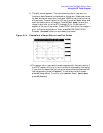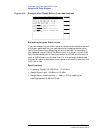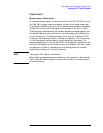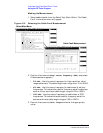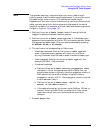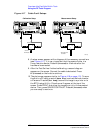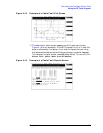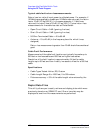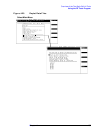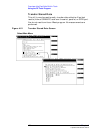
Chapter 4 97
Overview of the Test Set’s Built-In Tools
Using the RF Tools Program
Cable Fault
Measurement Description
A frequency-swept signal is transmitted from the DUPLEX OUT port of
the Test Set through a resistive power divider to the cable-under-test.
The signals reflected from faults in the cable are combined in the power
divider with the transmitted signal and received at the ANT IN port.
The changing interference of the transmitted and reflected signals, over
the swept frequency band, contains information about the distance to
one or more faults. The software uses a Fast Fourier Transform (FFT)
to convert the frequency domain into the time domain. The information
in the time domain can be used to find the physical distances. The
distance displayed on the Test Set’s CRT is the physical distance to the
fault with correction for the velocity factor of the cable. This test allows
the operator to identify, characterize, and isolate potential problem
locations by viewing it in units of distance.
NOTE
Test Signal Can Cause Interference
When testing cables attached to antennas, test signals will be radiated.
Verify that the signal used for the test cannot result in interference to
another antenna.



